Any day that a new Speedmaster is introduced made out of a material other than Bioceramic is a good day. That’s one of the indisputable laws of watch media, and we’re seeing it play out right before our eyes with the release of the new First Omega in Space Speedmaster. This is, of course, the second First Omega in Space, following the discontinued first First Omega in Space, a tribute to the…first Omega in space, which happened to be a reference CK2998 Speedy on the wrist of astronaut Wally Schirra. That original FOiS release was a fan favorite Speedmaster for the entirety of its production run, which ended about four years ago.*
The Speedmaster has developed a reputation with watch collectors as a classic that hasn’t changed a whole lot over the course of several decades of small iterations. While that’s certainly true when you look at the slow progression of the Speedy over the course of many years, the power of the FOiS was always in how it showed the clear contrasts between very early Speedmasters and the most modern examples in the catalog. Because of course there are changes from the Speedys of the 60s compared to those of today, and they really come through when you can view them side by side. The FOiS, as a vintage reissue, really made the most of this, offering a very clear alternative to collectors who might have a preference for vintage aesthetics but not want to actually own a vintage example of the watch.*
The new First Omega in Space is very much in the spirit of the original, and indeed is identical in certain key respects. The case has the same 39.7mm measurement and it maintains the straight lug design, although the lugs themselves are a slightly different shape compared to the discontinued model. This in my estimation is the single most important differentiating factor between the FOiS and the modern Speedmaster. The straight lugs and smaller case just give a very different impression.*
The big changes with this new release start with the dial, which now has a gray-blue color that Omega has achieved with a chemical vapor deposition process. The color is a nod to examples of the CK2998 that left the factory with a slightly different tone in the days before these things were strictly standardized. The FOiS also includes a step dial, which is correct for the time period and matches the current production Speedmaster Professional. There’s also liberal use of “fauxtina” lume, a pretty big contrast with the original which had more contemporary white lume across the board.
And then there’s the movement. The new FOiS runs on the Master Chronometer Caliber 3861, the same manually wound movement found in the current Speedmaster Professional. This is a rock solid movement with a 50 hour power reserve and all the benefits of Master Chronometer certification, including near total resistance to magnetism.*
There are plenty of other vintage design cues to be found, most of which are carried over from the original FOiS and dutifully evoke details of the CK2998. The Alpha hands, Omega word mark and logo, and aluminum “dot over 90” bezel all contribute to the vintage inspired package, as does the closed caseback with the original hippocampus logo. For this release, we also get a vintage appropriate flat link bracelet option, which includes a much requested modern touch in push button micro adjustment at the clasp. The crystal is sapphire, but it’s been shaped to resemble the original Hesalite you’d find on a CK2998.
The new First Omega in Space is not a limited edition, and is available immediately through Omega and authorized channels. The retail price on a bracelet is $7,900, and it can also be purchased on a strap for $7,500. Omega
Images from this post:
More...



 Likes:
Likes: 

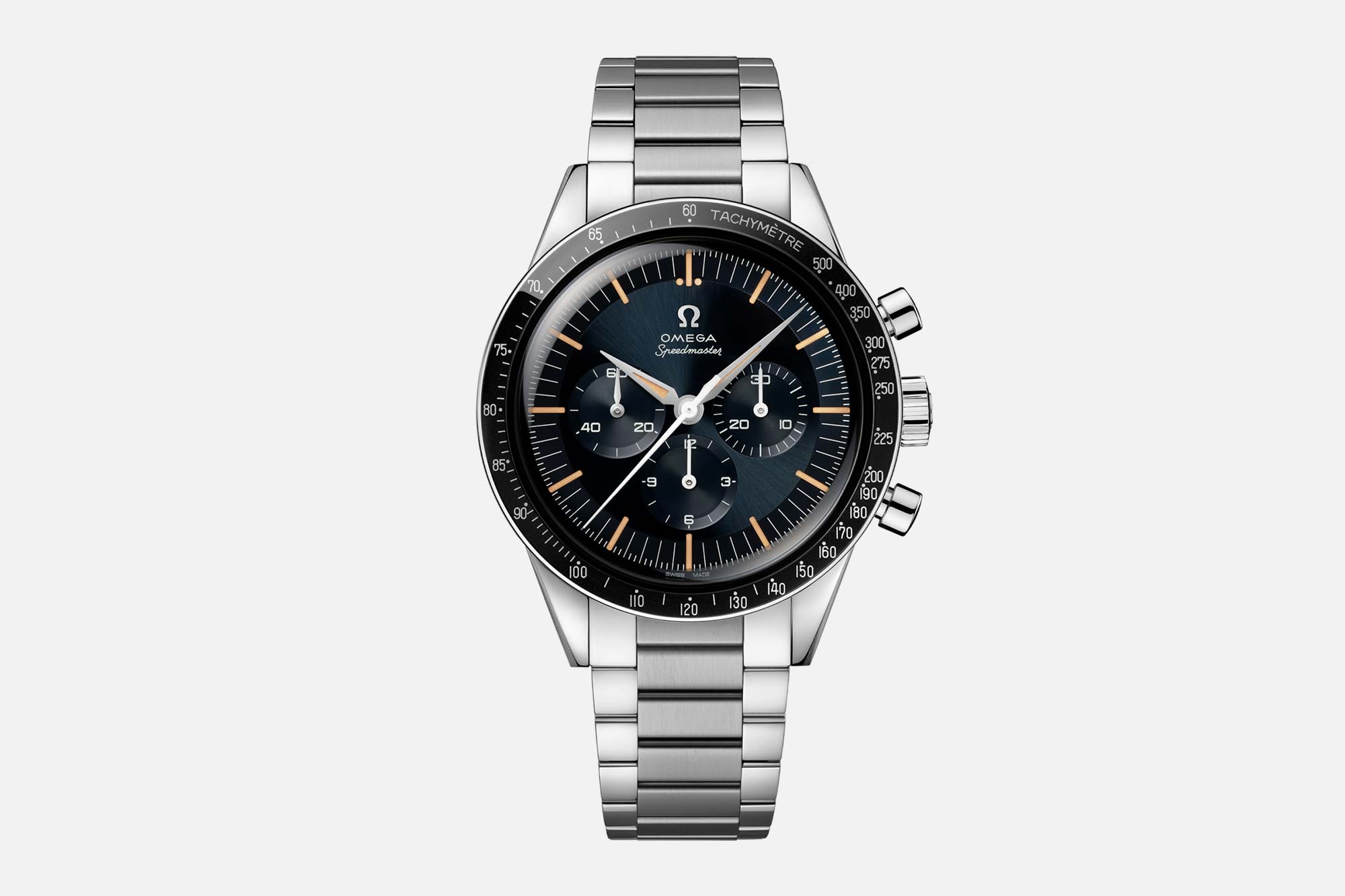
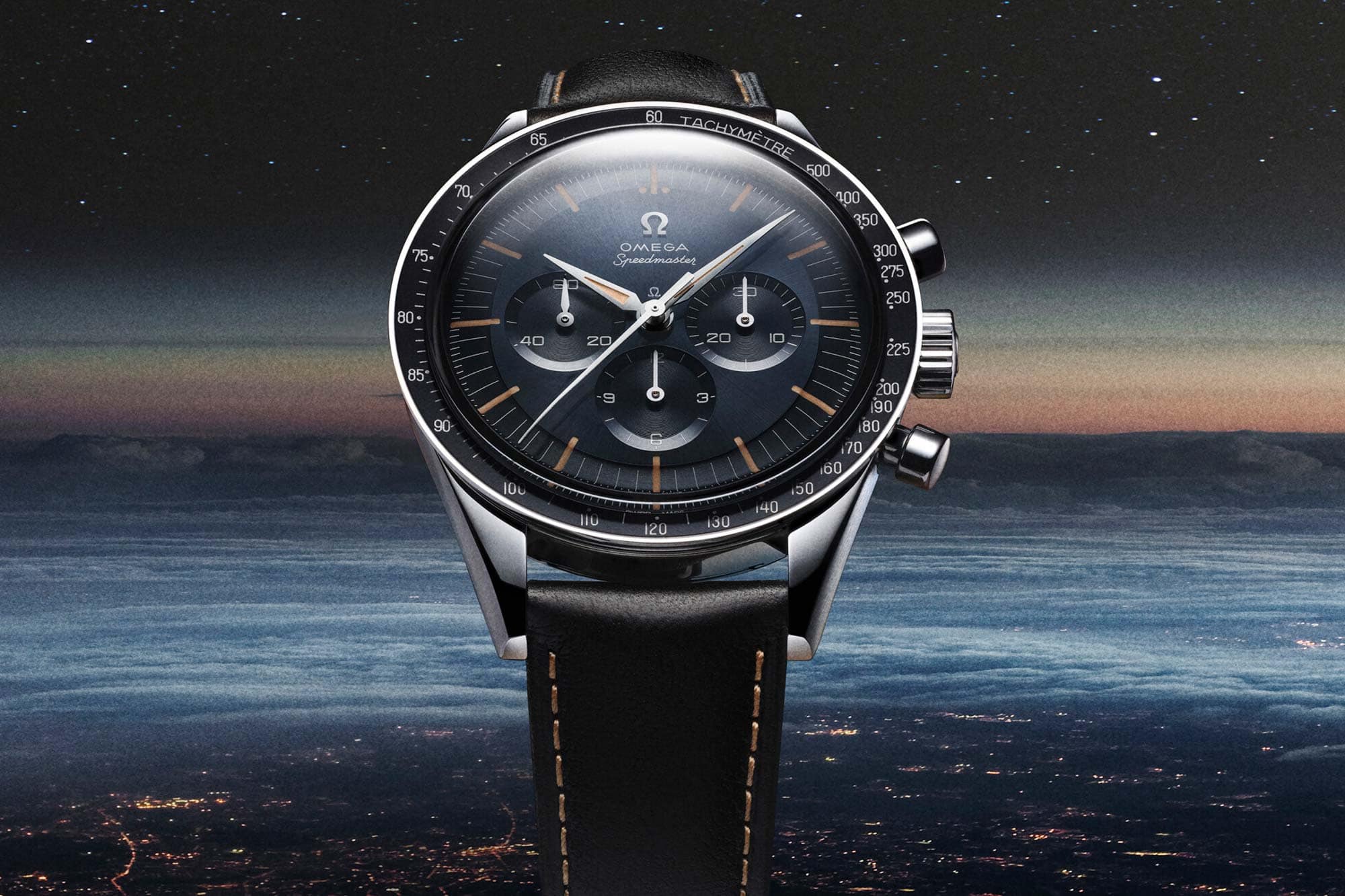
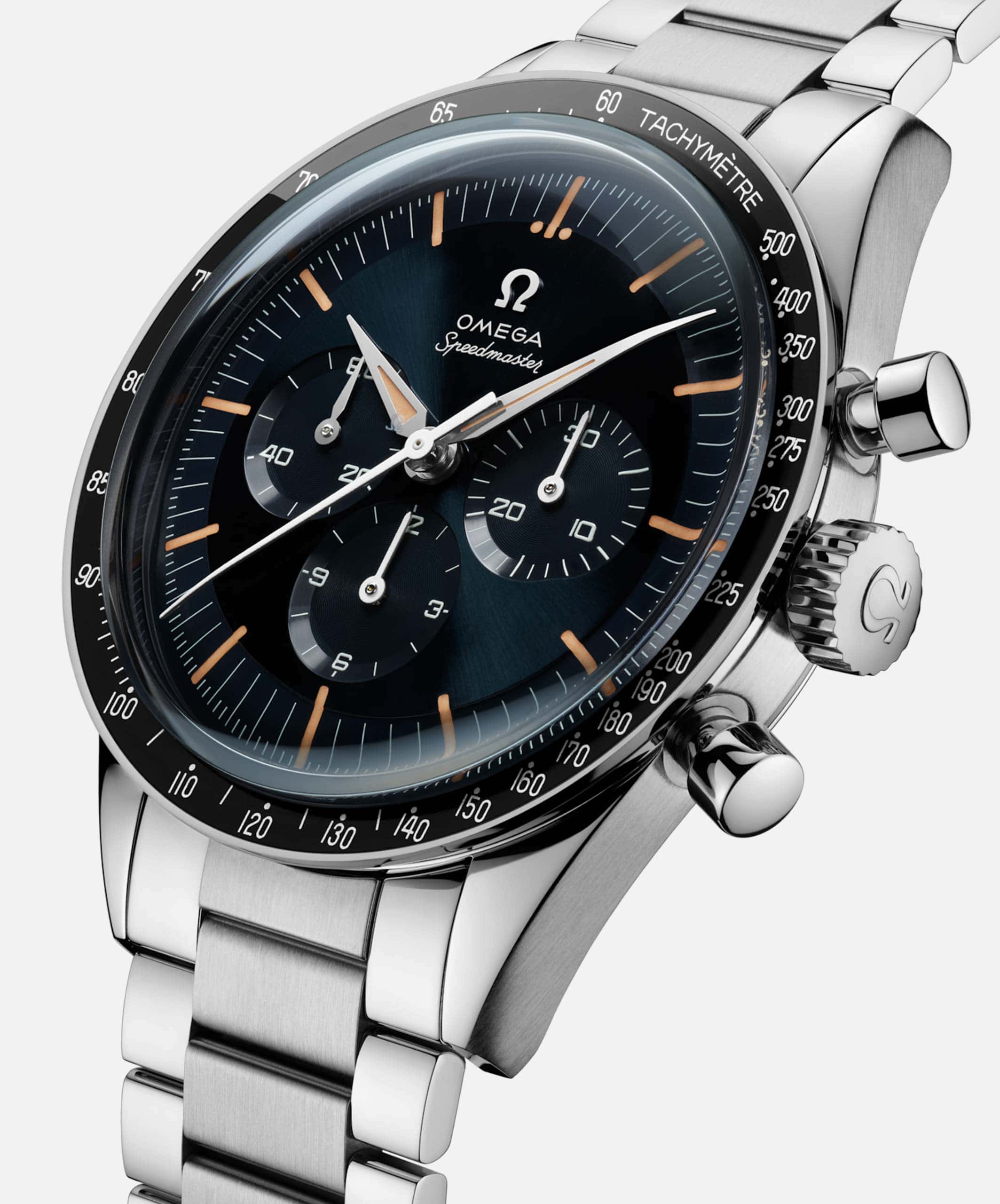
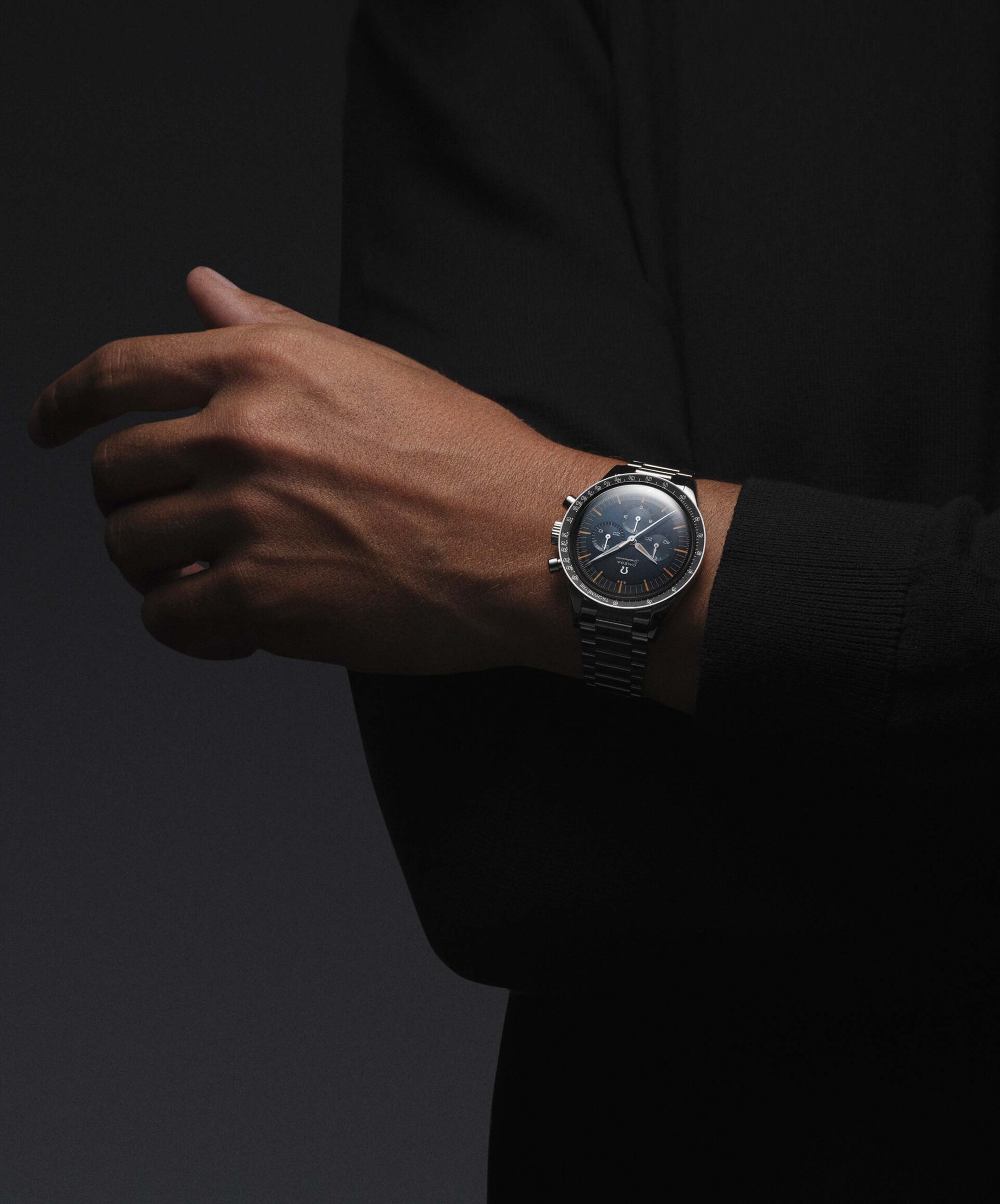
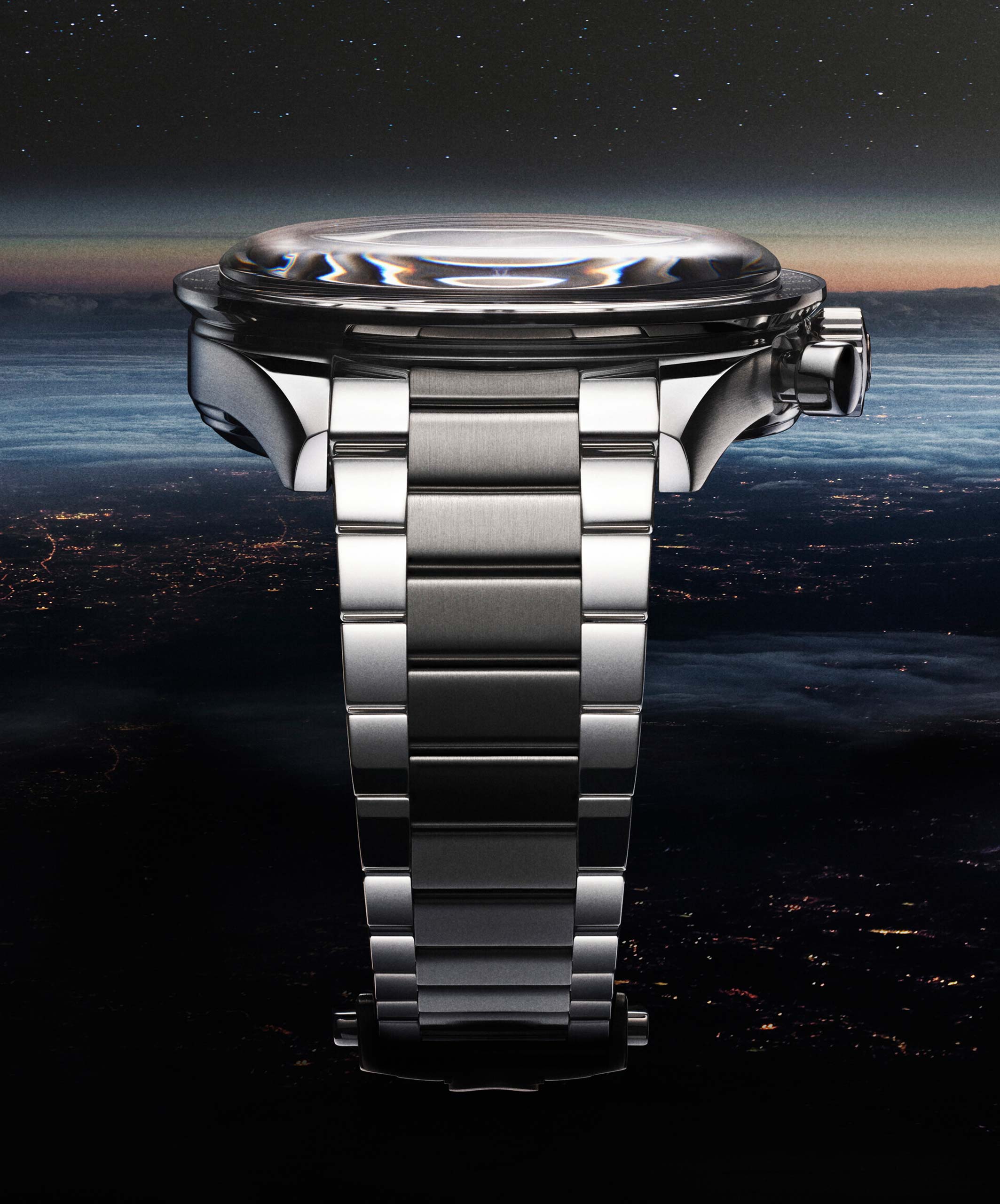
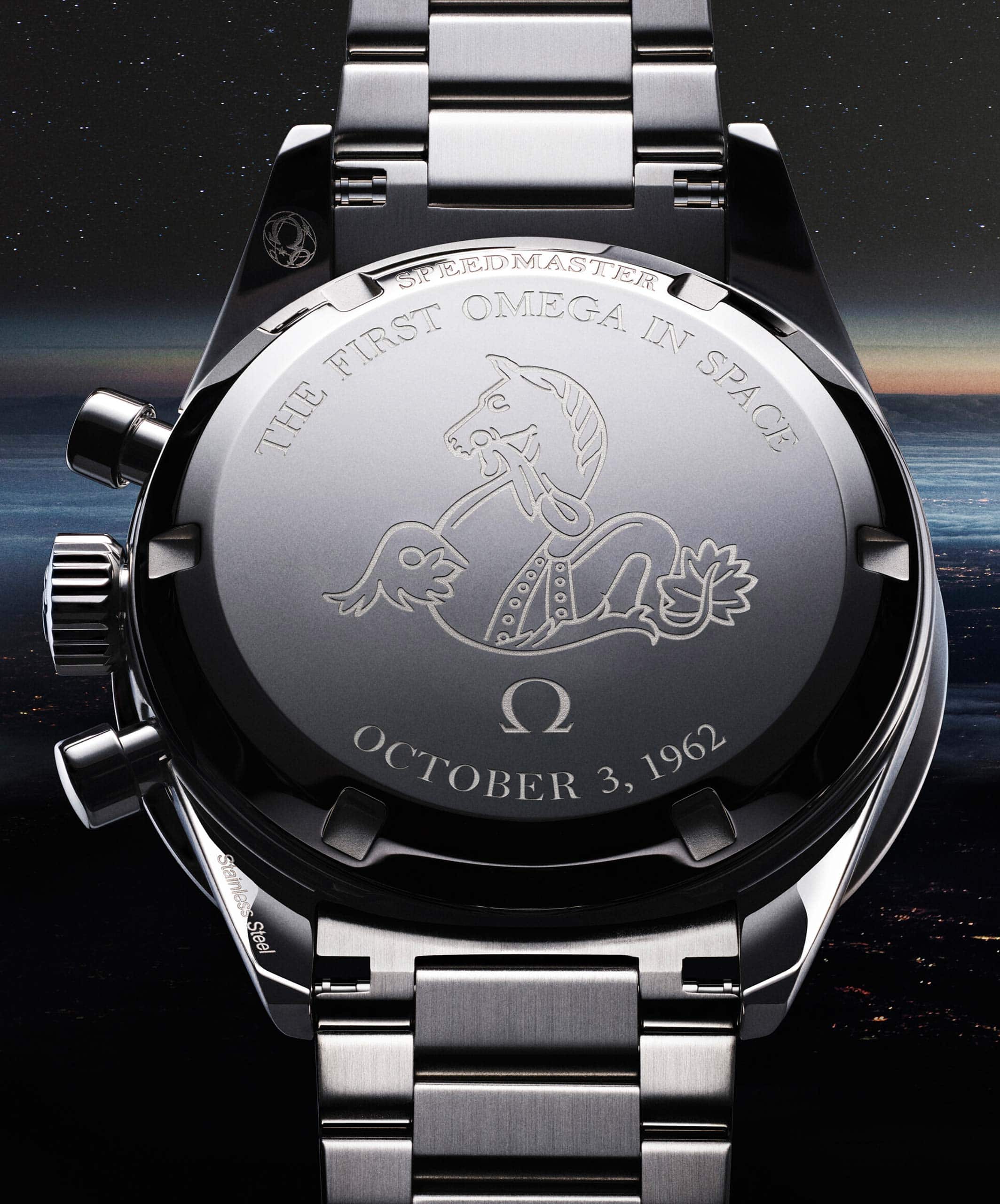

 Reply With Quote
Reply With Quote